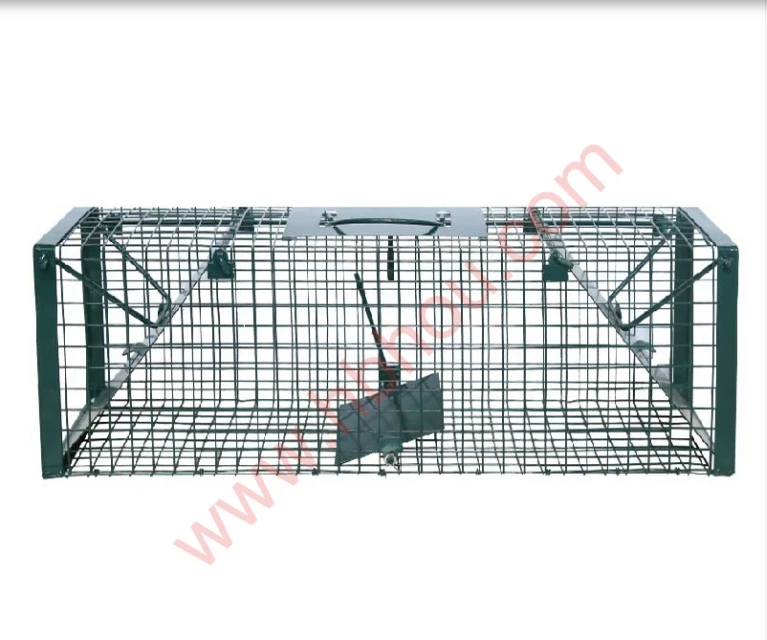Understanding Wild Hog Live Traps An Effective Solution for Management
Wild hogs, often referred to as feral pigs, have become a significant concern for wildlife managers, farmers, and landowners across many regions, particularly in the United States. Their rapid reproduction, aggressive foraging habits, and adaptability enable them to thrive in various environments, often leading to environmental degradation, crop damage, and negative impacts on native wildlife. One effective method for managing wild hog populations is through the use of live traps. This article explores the importance of live trapping, the types of traps available, and best practices for their use.
The Importance of Live Trapping
Live trapping is a humane and effective method of managing feral pig populations. Unlike lethal control methods, which can be controversial and less accepted by the public, live traps allow for the capture of animals without causing harm. This approach is crucial not only for humane reasons but also to facilitate research on wild hog behavior, health, and population dynamics. After capture, these animals can be relocated, assessed for disease, or even returned to the wild if necessary, depending on the regulations in place.
Types of Live Traps
There are various designs and types of live traps suitable for wild hogs, each with its advantages.
1. Cage Traps These are the most common type of live traps for wild hogs. Made of sturdy wire mesh, cage traps can be quite large to accommodate multiple animals. They typically feature a spring-loaded door that closes once the hog enters, ensuring a secure catch. Cage traps are versatile and can be baited with various food items, including corn, fruit, or commercial hog attractants.
2. Corral Traps These are larger, enclosed structures designed to capture multiple hogs at once. They often consist of panels that create a circular or square enclosure with a door that can be remotely operated. Corral traps are particularly effective in areas where wild hogs are known to gather, as they can entice entire sounders (groups of hogs) to enter for food.
3. Box Traps Similar to cage traps, box traps provide an enclosed space for capture. However, they are typically designed for one or two animals. They can be more portable than larger cage traps, allowing for quick relocation in different areas.
wild hog live traps

Best Practices for Using Live Traps
To maximize the effectiveness of live traps, several best practices should be considered
1. Location Placement of traps is crucial. Setting traps in areas with signs of hog activity, such as rooting, wallows, or established trails, increases the chances of a successful capture.
2. Baiting Effective baiting is essential in attracting hogs to the trap. The bait should be something that hogs find irresistible, such as fermented corn or fruit. It’s also a good idea to pre-bait the trap without using the trap door for a few days to condition the hogs to enter freely.
3. Monitoring Regularly checking traps is vital to ensure captured animals are not left in the trap for extended periods. This will also prevent unwanted species from being caught.
4. Safety and Regulations Always familiarize yourself with local wildlife regulations regarding the trapping and relocation of wild hogs. Additionally, safety equipment and measures should be in place to prevent injury both to the trapper and the captured animals.
Conclusion
Wild hog live traps are a crucial tool in the management of feral pig populations. By understanding their designs, proper utilization techniques, and ethical considerations, landowners and wildlife managers can effectively mitigate the negative impacts caused by these invasive species. As we strive for sustainable management practices, live trapping stands out as a humane and efficient option for tackling the wild hog problem.
















